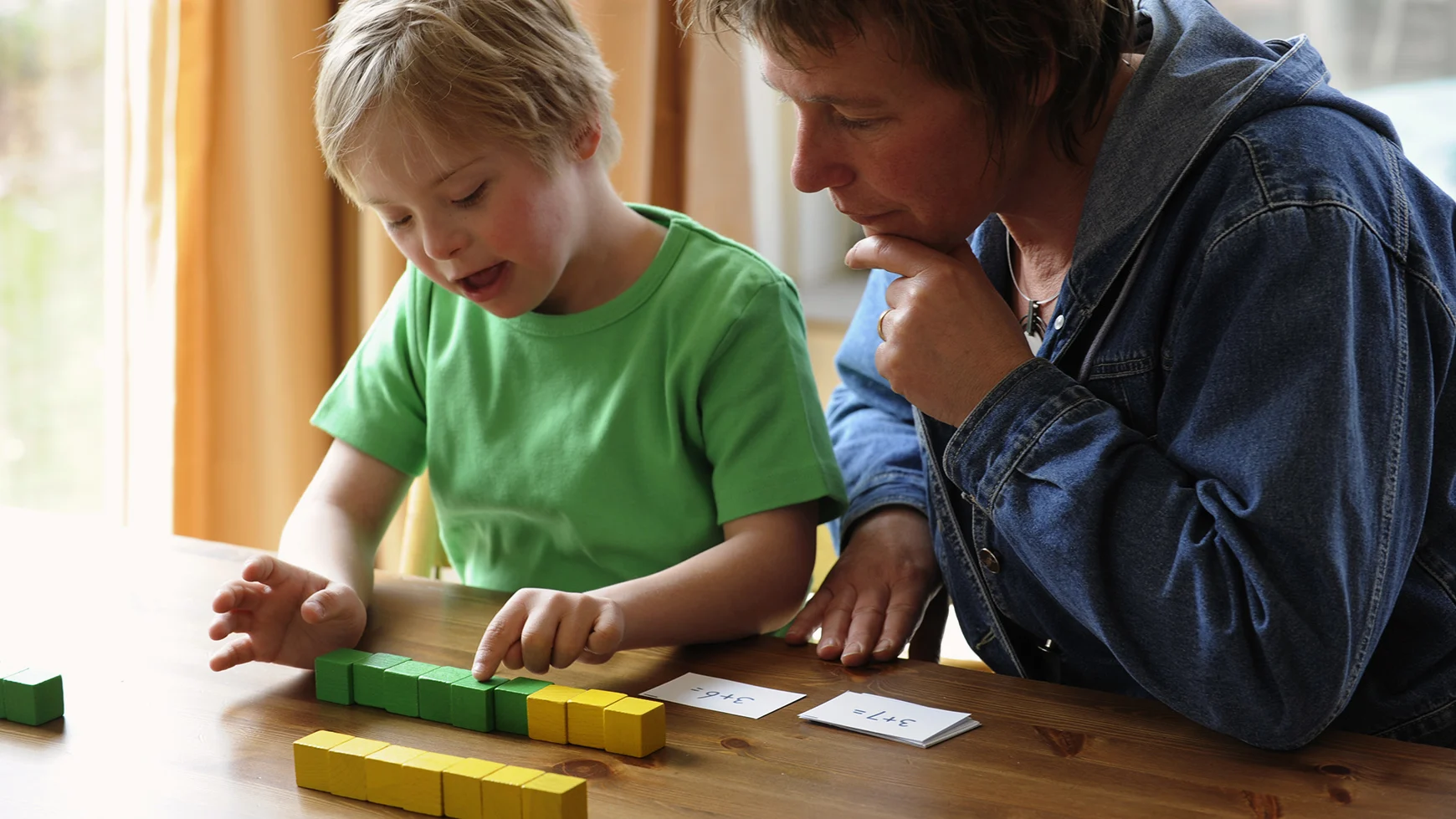What is number sense?

At a glance
Number sense refers to a group of key math abilities.
It includes the ability to understand quantities and concepts like more and less.
Some people have stronger number sense than others.
Number sense is a group of skills that allow people to work with numbers. These skills are key to doing math — and many other tasks.
Number sense involves:
Understanding quantities
Grasping concepts like more and less, and larger and smaller
Understanding the order of numbers in a list: 1st, 2nd, 3rd, etc.
Understanding symbols that represent quantities (7 means the same thing as seven)
Making number comparisons (12 is greater than 10)
Recognizing relationships between single items and groups of items (seven means one group of seven items)
Some people have stronger number sense than others. Kids and adults with poor number sense may struggle with basic math operations like addition and multiplication. They can also have trouble with everyday tasks and skills like measuring, handling money, and judging time.
Trouble with number sense often shows up early, as kids learn math. For some people, the difficulty lasts into adulthood. But with time and practice, these skills can improve.
Dive deeper
Examples of trouble with number sense
Here are examples of what it looks like when people struggle with number sense.
Adding and subtracting. Imagine a pile of seven beads. Then take away two of them. People with poor number sense might not realize that:
The number of beads has shrunk
Subtracting the two beads means the group of seven is now a group of five
Now imagine adding three beads to the pile. If someone struggles with number sense, they might not recognize that:
The group of beads has gotten larger
Adding three beads to the pile of seven makes it a pile of 10
Multiplying and dividing. When people need to combine items from several groups, they might go through the trouble of adding them. They may not grasp that it’s simpler to multiply them.
Likewise, they might not recognize that division is the simplest way to break up groups into their component parts.
Not grasping these concepts makes learning math and using it in everyday life a challenge. Learn more about math challenges in kids.
How schools can help
When kids struggle with math, schools often focus first on reteaching the specific math skills being taught in class. But this approach often doesn’t work for kids who struggle with number sense.
In that case, schools usually turn to an intervention process, where kids typically:
Work with “manipulatives” like blocks and rods to understand the relationships between amounts
Do exercises that involve matching number symbols to quantities
Get a lot of practice estimating
Learn strategies for checking an answer to see whether it’s reasonable
Talk with their teacher about the strategies they use to solve problems
Get help correcting mistakes they make along the way
For many kids with weak number sense, intervention is enough to catch up. But some kids need more support. They may need to be evaluated for special education to get the help they need.
Learn about intervention systems like RTI or MTSS.
How parents and caregivers can help
It takes time for kids to build number sense skills. But there are many ways to help. Here are some examples:
Practice counting and grouping objects. Then add to, subtract from, or divide the groups into smaller groups to practice operations. Combine groups to show multiplication.
Work on estimating. Build questions into everyday conversations, using phrases like “about how many” or “about how much.”
Talk about relationships between quantities. Ask kids to use words like more and less to compare things.
Build in opportunities to talk about time. Ask kids to keep track of how long it takes to drive or walk to the grocery store. Compare that with how long it takes to get to school. Ask which takes longer.
Learn more strategies to help kids with math.

